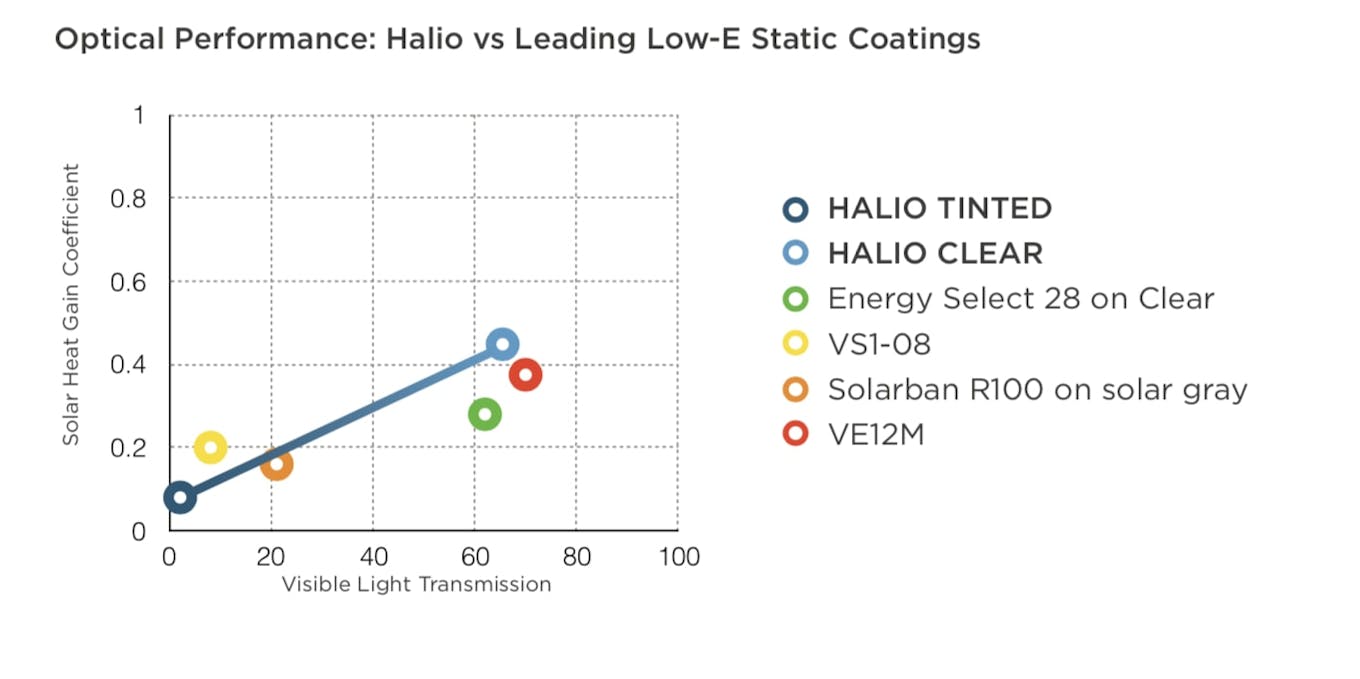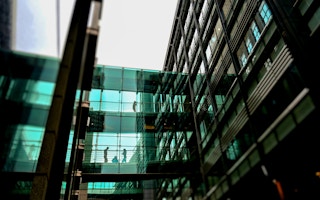Asia is literally rising to new heights. Currently, 71 of the world’s tallest 100 buildings under construction are in Asia, and 79 of the 100 proposed highest buildings are in the planning stages here.
To continue reading, subscribe to Eco‑Business.
There's something for everyone. We offer a range of subscription plans.
- Access our stories and receive our Insights Weekly newsletter with the free EB Member plan.
- Unlock unlimited access to our content and archive with EB Circle.
- Publish your content with EB Premium.
In Singapore, about 12 buildings are currently in various stages of design and construction, up to 2021. The city-state’s building sector plays a critical role in meeting its Paris Agreement emissions targets. Buildings are Singapore’s second largest energy consumer, using almost a third of the nation’s electricity. It was also identified as one area for energy efficiency gains, as studies show that commercial building owners and tenants share almost equally, (51 per cent vs 49 per cent, respectively) on energy consumption.
Today’s modern building facades are often as much as 80 per cent glass—but glass as we’ve known it is increasingly less compatible with the sustainability and energy efficiency goals now being mandated by governments to cope with urbanisation and climate change.
These diverging interests will continue to be a challenge to countries combating the effects of global warming.
Smart-tinting glass technology
Technology, of course, is the answer.
While the sun can power solar panels and roof tiles to create sustainable energy, it can also have a negative impact on the energy efficiency of a building. Installing smart-tinting windows can reduce a building’s energy consumption by 20 per cent, on average, in comparison with low-emissivity or low-e glass, thus reducing the load on the heating, ventilation and air-conditioning (HVAC) system. Energy savings are even higher when compared to glass without low-e coatings.
Smart-tinting glass dynamically changes between clear and dark, through the course of a day, based on data from thermal and light sensors, time of day, the sun’s position, and other data. Whereas manual shades and blinds tend to stay down, smart-tinting glass maximises the amount of natural brightness in a building by blocking light – as much as 99.9 per cent in some products - and clearing as the environment warrants. Aside from ensuring constant thermal comfort, the natural light enhances physical and emotional well-being of the occupants, resulting in better sleep, productivity, and vitality.
How does it work? Two thin layers of glass, each with a microscopically-thin conductive coating with layers of chemical compounds sandwiched between the two panes, change the optical characteristics of the glass when a low-voltage electrical charge is applied; ions move between materials to darken or clear the glass.
As electricity is only used during switching, smart-tinting glass can be set to ‘clear’ or achieve various levels of tint for aesthetic or comfort reasons and do not require power to maintain the desired tint level. In interior applications, a level of privacy can also be achieved, such as conference room or a bedroom.
While electrochromic (EC) technology has been around for decades, newer technologies such as those used by Kinestral Technologies’ Halio smart-tinting glass, has tackled the drawbacks of earlier versions that limited adoption in the market. These enhancements include eliminating the yellow cast in the clear state and tinting to more neutral shades of grey, tinting more uniformly, and accelerating the tinting speeds.
When combined with various low-e glass coatings, Halio’s smart tinting glass is more effective in minimising solar heat gain, thus delivering better energy savings than solar control glass – with the added flexibility of going from clear to dark within three minutes, regardless of the size of the glass.

Table 1: Comparative performance of Halio smart-tinting glass vs leading Low-E coatings
Window to smart building technologies
With secure cloud-based technologies, smart-tinting glass surpasses the majority of dynamic window technologies by expanding its potential to integrate with smart building solutions.
New developments with connected building management systems can integrate smart-tinting windows to provide customised solar shading based on individual preference, weather conditions, light and thermal sensors, and the ability to “talk” to other building automation systems.
For example, a building’s air-conditioning is turned off on the weekend but needs to turn on before employees arrive on Monday morning. If it is a sunny morning, the building management system can fully tint the smart-tinting glass on the east facade, remain clear for the other windows and turn on the air-condition to cool to the desired temperature quickly. However, on a cloudy day, the windows can remain clear.
“
Today’s modern building facades are often as much as 80 per cent glass—but glass as we’ve known it is increasingly less compatible with the sustainability and energy efficiency goals now being mandated by governments to cope with urbanisation and climate change.
Integrating smart-tinting windows with the central management of the lighting system can also save about 20 per cent of a building’s energy consumption. For instance, the building management system sets a uniform illumination level throughout the day which can be achieved with a combination of natural and internal office lighting. As the day progresses, glass tinting is adjusted along with the office lighting to maintain a constant brightness inside while at the same time, managing the heat gain and minimising the demand on the air-conditioning system.
Such fine grain control of the glass not only meets the needs of individual office users, but also forms the basis for total smart building management. It also provides a window of opportunity to identify areas for potential efficiency improvements to reduce costs while keeping an eye on occupant comfort.
Future of smart-tinting glass in Asia
With such smart-tinting glass technology in place, we expect to see greater industry adoption through our global joint venture with AGC Asahi Glass, making it an upcoming development to watch in Singapore and Asia Pacific as countries make a greater commitment to sustainability, carbon reduction, and energy savings.
If every new home, office, and skyscraper around the world were built with smart-tinting glass, the result would be a commendable reduction in the world’s energy consumption.
Craig Henricksen is the VP of Product at Kinestral Technologies. This article was written exclusively for Eco-Business.











